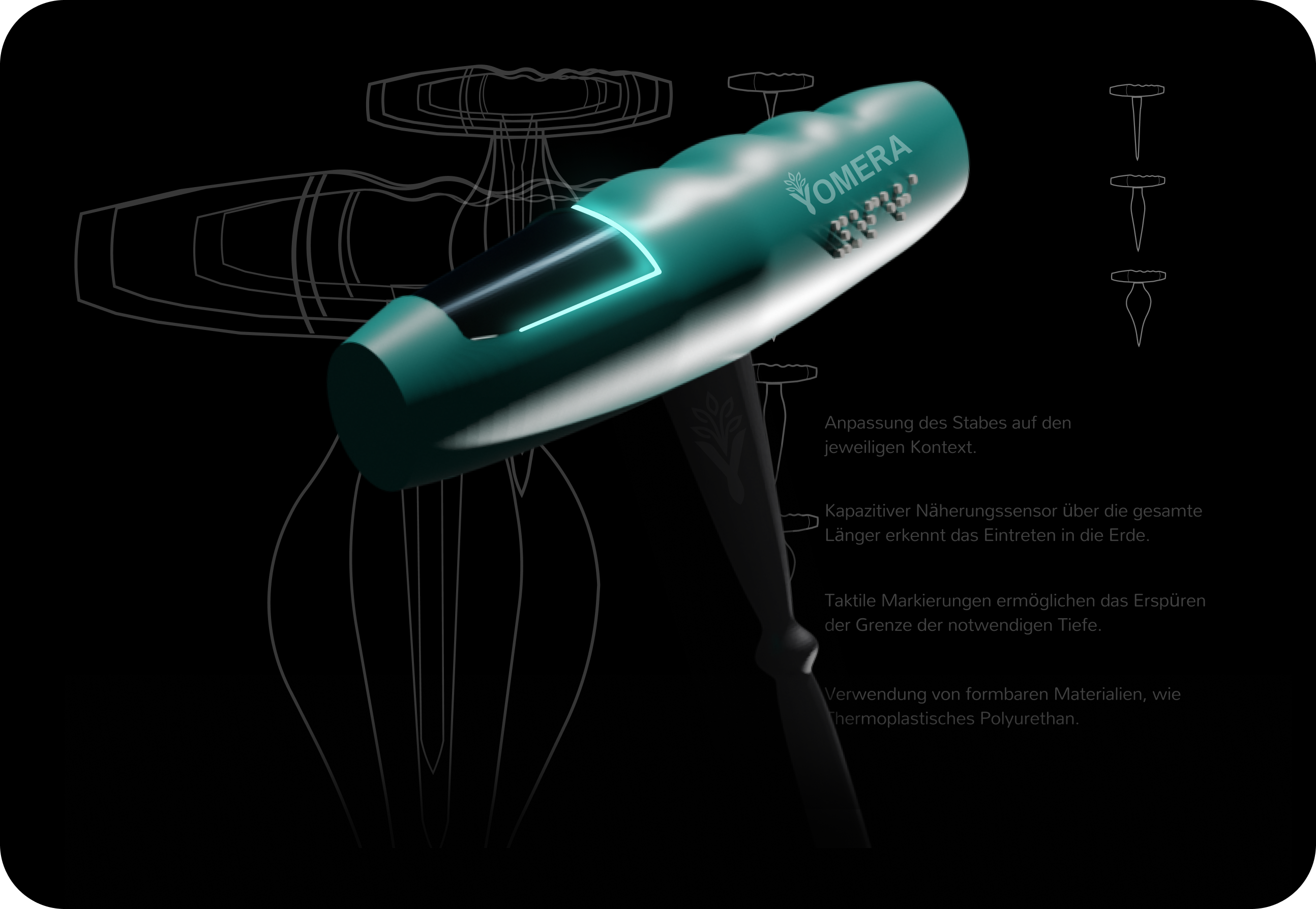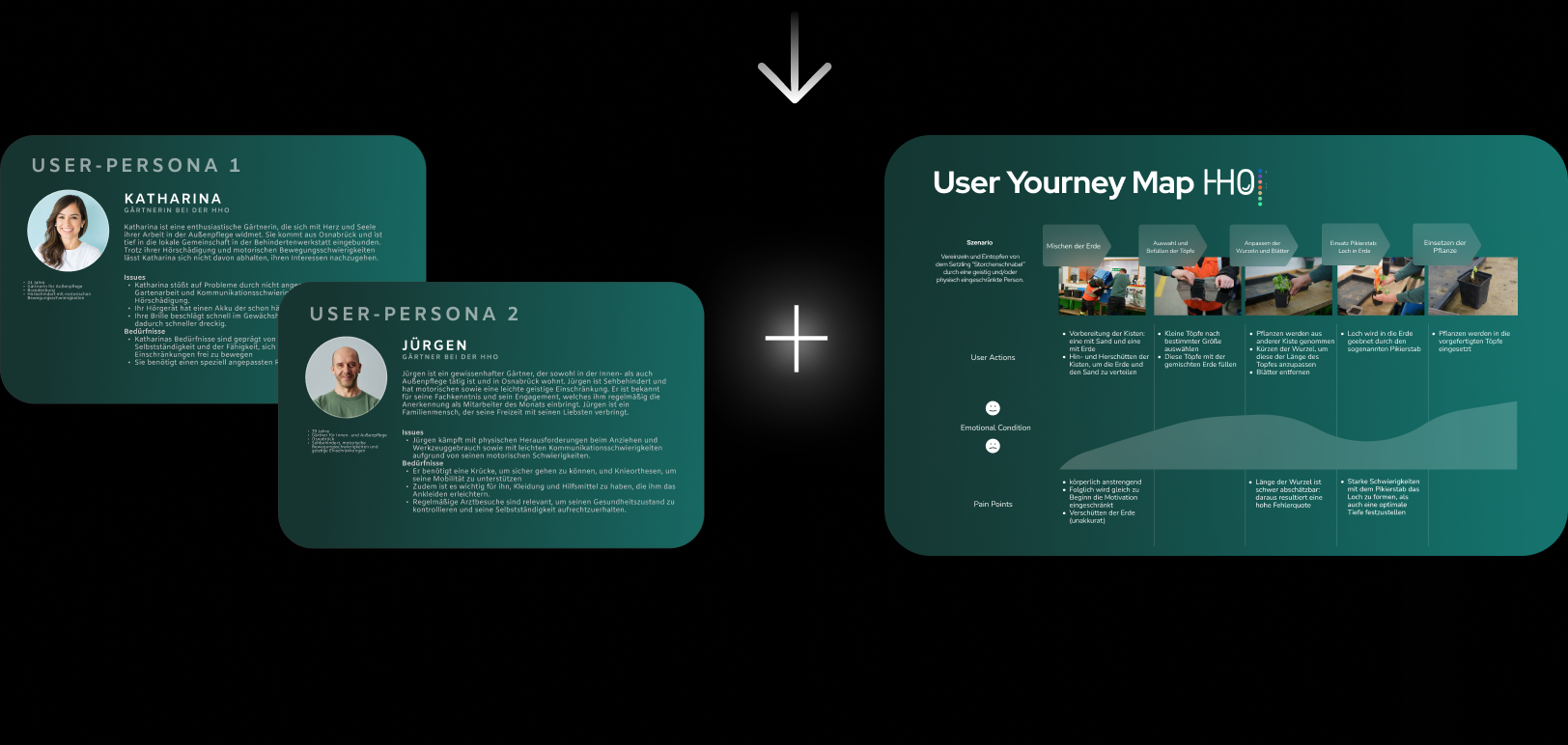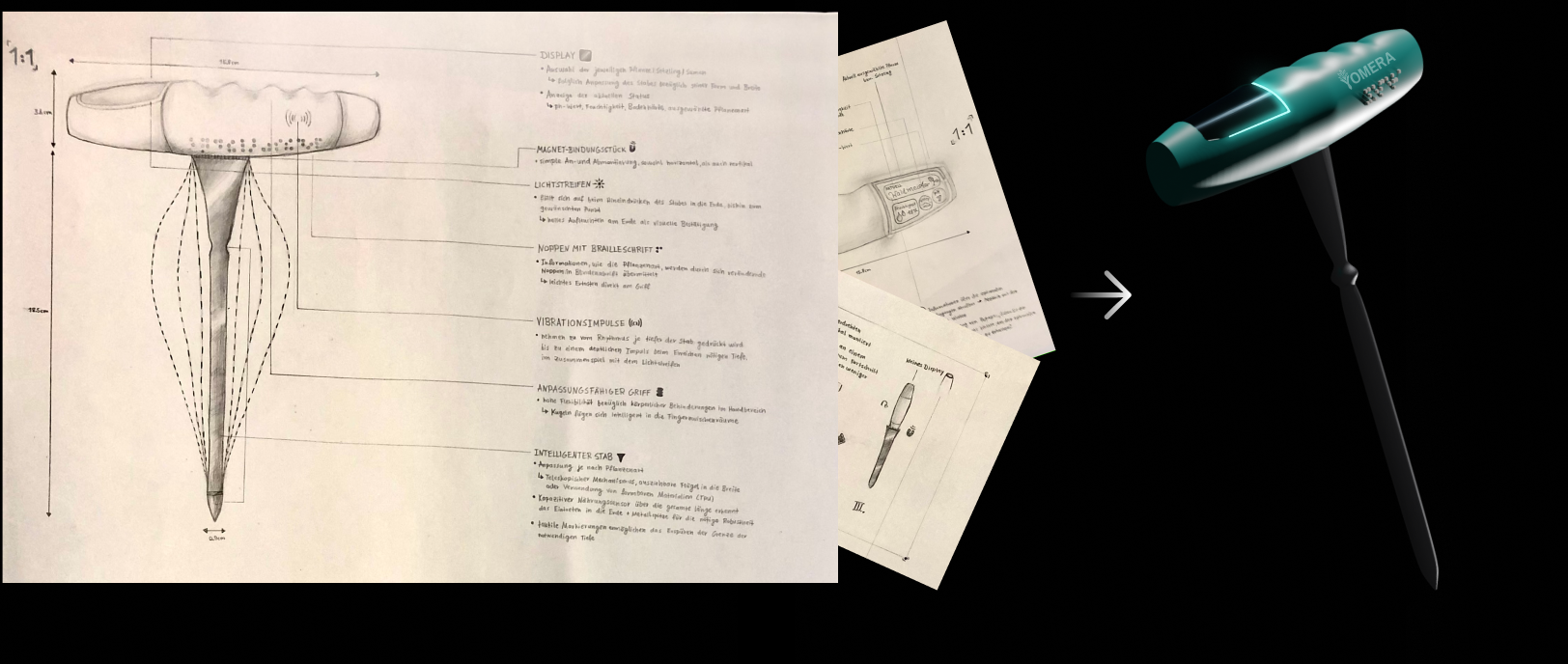

An inclusive design for a futuristic gardening tool to be used by people having disabilities. This high-tech dibber with enhanced usability can be used by everyone. A dibber is a tool used to make holes in the soil for planting seeds, bulbs, or seedlings. In a team of three, I focused on UX-Research, the overall design concept (sketches, 3D model) as well as the UX/UI design (prototype) of the interface itself. In the process I utilized #Don Norman's fundamental design principles along with the #ISO’s 9241-110 dialogue principles and the #Heuristics by Jakob Nielsen.

We visited the HHO in Osnabrück, Germany, an organization dedicated to empowering individuals with disabilities by providing tailored opportunities to work in the gardening industry.
During the repotting of seedlings, we did a combination of observation and questioning of users during their work according to the “master-apprentice model”.
First a general interview with questions about the role/experience so far. Then an explanation of the context interview itself.
Principle 1_Context: Normal context of the task to be analyzed while being present.
Principle 2_Partnership: Working together to understand the activity. Being curious while not providing assistance.
Principle 3_Interpretation: Confirming the interpretation with the interviewee, but also paying attention to non-verbal cues.

The use of the dibber is the biggest pain point during the process.
Poor body awareness due to limitations (motor skills, vision, etc.)
Frequent mistakes in judging depth due to missing feedback.
Constant switching between adjusting root length and using the dibber.
Adaptation to a wide range of mental and physical disabilities to make use not only more efficient and effective, but also more enjoyable for people having disabilities.

Light strip: gradually fills up as the rod is pressed in to the desired depth, providing a clear visual indication.
Vibration pulses: increase rhythmically up to a certain point, together with the light strip.
Nubs with Braille: convey information about plant species or the current system status.
Don Norman's fundamental design principles: Feedback: always feedback on the outcome of actions.
Heuristics by Jakob Nielsen:
Visibility of system state: appropriate feedback in appropriate time on what is happening.
Magnetic binding piece: simple mounting and dismounting, both horizontally and vertically.
Balls in the handle allow flexible adjustment to the hand position and angle.
ISO’s 9241-110 dialogue principles:
Controllability: individualization of the system.
+ Use error robustness: system supports the avoidance of errors.
Display: After selection of the seedling, the lenght and shape will adjust + status of the soil (pH value, moisture level, soil hardness etc.)
Intelligent rod: adjustment according to plant species thanks to telescopic mechanism.
ISO’s 9241-110 dialogue principles: Suitability for the user’s tasks: Functionalities specifically adapted to the task without unnecessary interaction steps.